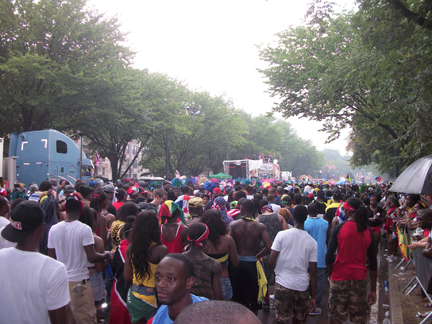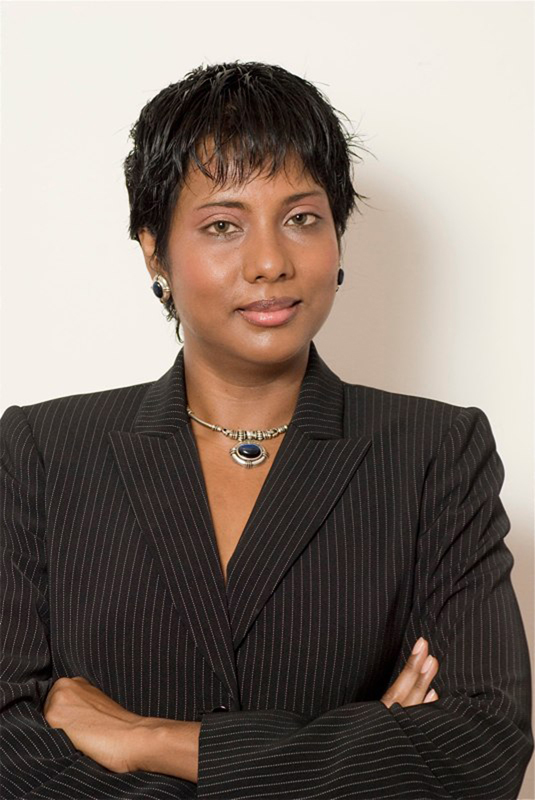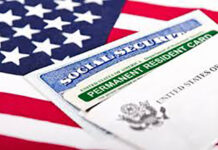News Americas, FORT LAUDERDALE, FL, Fri. Feb. 8, 2019: Happy Black History Month. Seems rarer and rarer these days to see an ad on television or anywhere that says that yet around 12-14 percent of the US population is considered to be Black or African Americans. That includes conservatively, 4.2 million black foreign-born immigrants, who now make up a sizeable percentage of the immigrant voting bloc.
In a period in our history when at least two black Democratic candidates will be lobbying hard for the support of black voters, the significance of this bloc has been ratcheted up a few notches.
Here are five things you should know about them this Black History Month:
1: According to 2016 American Community Survey data, roughly one-in-ten blacks living in the U.S. are foreign born which totals to around 9 percent or about 4.2 million. That’s up from 3 percent in 1980 according to the Pew Research Center. By 2060, the black immigrant population could triple to about 12 million people, according Mark Hugo Lopez, director of Hispanic research at the Pew Research Center.
2: Roughly six-in-ten foreign-born blacks or 58 are naturalized U.S. citizens, meaning they can vote. That’s compared with just 49 percent of foreign-born immigrants overall, according to Pew.
3: Black immigrants ages 5 and up are more more likely than the overall immigrant population to be proficient English speakers. In fact, Pew Research puts the number at 74 percent compared to 51 for other immigrants.
4: Roughly half of all foreign-born blacks living in the U.S. as of 2016 or 49 percent are from the Caribbean. Jamaica, Haiti, Trinidad and Tobago, the Dominican Republic and Guyana account for the largest number of black foreign-born immigrants. Black Africans make up a total of 39 percent of the overall foreign-born black population, up from 24 percent in 2000 with Nigerians and Ethiopians leading the bloc. More African-born blacks arrived between 2000 and 2005 than in the previous decade. Nearly two-thirds of Caribbean-born blacks live in the New York or Miami metropolitan areas. African-born blacks are more dispersed throughout the United States. Among the top cities for African-born blacks are New York, Washington, D.C., Minneapolis, and Atlanta, but three-fifths live in some other metropolitan area, such as Philadelphia, Los Angeles, or Dallas.
5: Compared to blacks born in the United States, black immigrants tend to be older, are more likely to hold a college degree and be married and are less likely to live in poverty, according to the report. Educational attainment was found to vary widely by country of origin. For example, 59 percent of foreign-born blacks from Nigeria and 47 percent from Kenya have a bachelor’s or advanced degree, according to the Pew data. That’s roughly double that of the overall US population. 20 percent of Caribbean-born blacks have a college degree.











